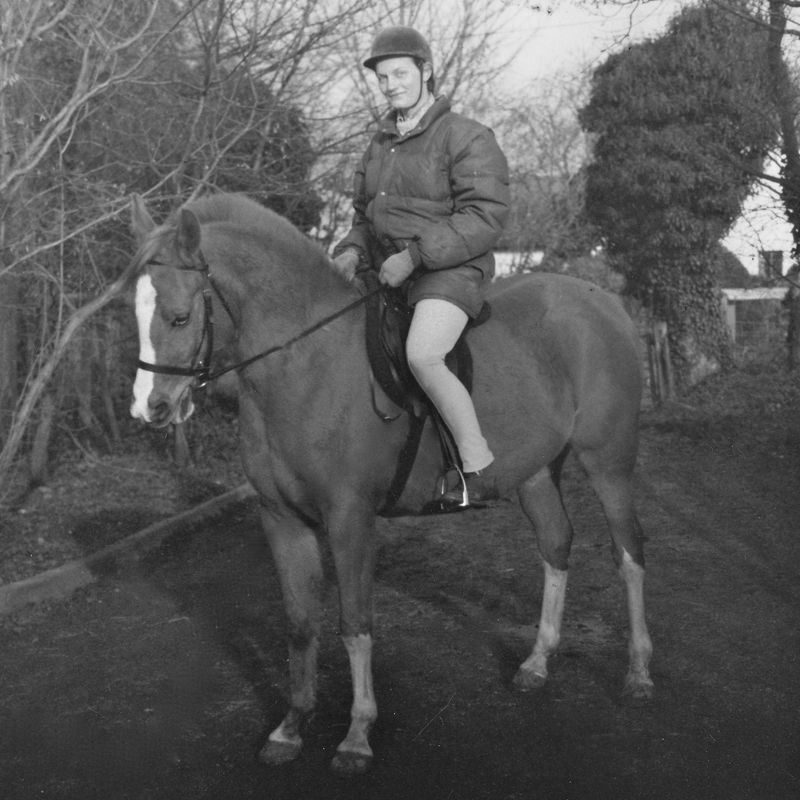The power, grace and beauty of this most noble animal has captured the imagination of artists throughout recorded time. From the Greek marble relief sculpture of Alexander the Great (356-323BC) riding Bucephalus to the painting of Napoleon on Horseback (1801) by Jacques-Louis David (1748-1825) the animals striking beauty and spirit is here pictured in conjunction with war and great military leaders. Similarly Theodore Gericault (1791-1824) depicts a wild beauty in his study ‘Head of a White Horse’ c.1815.
There are of course endless examples of images of horses depicted by painters and sculptors throughout this vast period of art history. In art history terms the French school of sculptors ‘Les Animaliers’ brings us closer to the current practice of Julia Wager (b.1961). Antoine-Louis Barye (1796-1875) and Pierre Jules Mene (1810-1879) in particular. Here expressive elements like those found in the painting of Edwin Landseer (1802-1873) were of particular importance. Their sculpture was highly regarded within this nineteenth century animalier school.
Likewise, Julia Wager's natural portrayals of horses maintain a
basic realism with poetic composition. She is an established and acute
observer of the animal, its anatomy, movement and spirit. Her love and
understanding of the horse is personified in her sculpture. It is this,
and her sympathy and tenderness towards the animal that has brought her
name to the fore within contemporary animalier sculpture.
Julia Wager (nee Reeves)
Born in the New Forest England in 1961, Julia was encouraged from and an early age by her grandmother Cecily Reeves and her aunt Wendy Reeves both of whom are pictured, to partake in their equestrian interests. She began to ride aged five and is a competent horsewoman.
Educated at La Retraite Salisbury, she went on to study at Salisbury School of Art and Cheltenham School of Art, where she met Rungwe Kingdon and Claude Koenig of the internationally acclaimed Pangolin Editions Fine Art Foundry who cast all of her work in bronze. All bronzes carry the edition number and the Pangolin stamp of authenticity.



